In the automotive world, longevity is the ultimate testament to quality engineering and manufacturing excellence.
While the average vehicle lifespan hovers around 150,000-200,000 miles, certain manufacturers have earned legendary status for producing engines that routinely surpass the 500,000-mile milestone.
These exceptional powerplants represent the pinnacle of durability, often continuing to perform long after other components have failed.
The brands that consistently engineer such resilient engines share several key characteristics: meticulous design philosophy, superior materials, rigorous quality control, and conservative performance tuning that prioritizes reliability over maximum output.
For owners, these engines offer remarkable value, with initial purchase costs offset by years of dependable service and reduced maintenance expenses.
As we explore these automotive stalwarts, we’ll examine what makes their engines extraordinary, the specific models that best exemplify their longevity credentials, and the ownership practices that help these mechanical marvels reach the half-million-mile mark.
Whether you’re seeking a vehicle for the long haul or simply appreciate engineering excellence, these ten brands represent the gold standard in engine durability.
1. Toyota
Toyota’s reputation for building engines that refuse to die is perhaps unmatched in the automotive industry. The Japanese manufacturer’s commitment to the kaizen philosophy of continuous improvement has resulted in powerplants that routinely eclipse the 500,000-mile mark while maintaining exceptional reliability.
Toyota’s engineering approach favors conservative design with generous safety margins, prioritizing longevity over cutting-edge technology or maximum performance figures.
The brand’s 2UZ-FE V8 engine, found in the Land Cruiser, Sequoia, and Tundra models from 1998-2011, has achieved legendary status for its ability to operate seemingly indefinitely with proper maintenance.
Similarly, the 22R series of four-cylinder engines equipped in Toyota pickups during the 1980s and early 1990s are renowned for their simplicity and durability, with many examples still running strong after 30+ years of service.
Toyota’s more modern offerings continue this tradition. The 2GR-FE V6 found in the Camry, Avalon, and Highlander is proving to be exceptionally durable, while the 2AR-FE four-cylinder in the Camry and RAV4 shows similar promise.
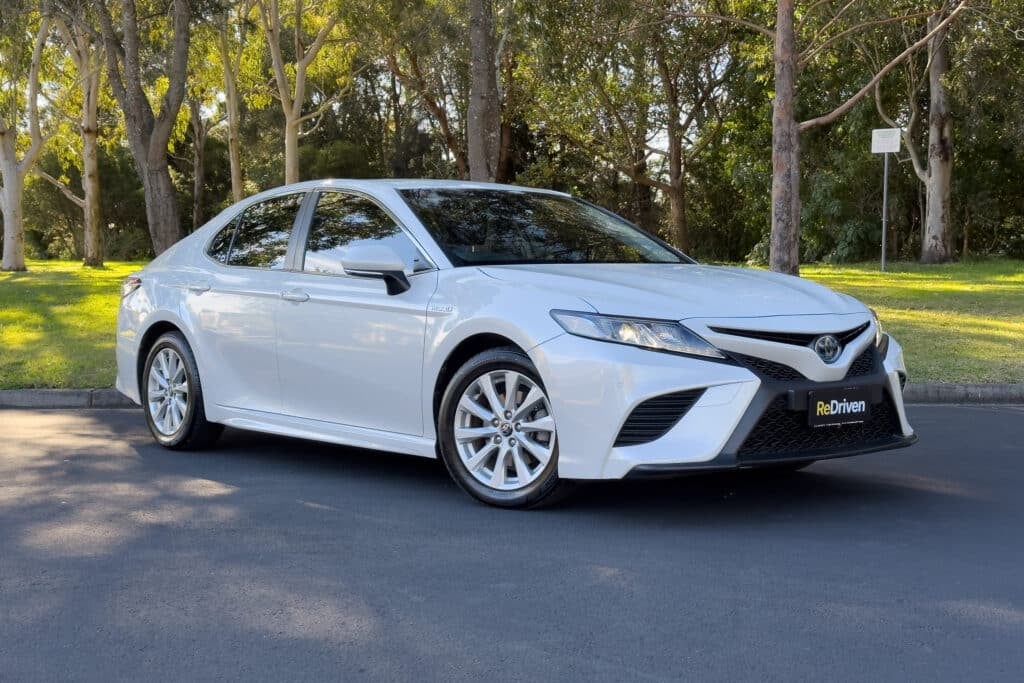
The brand’s hybrid systems pioneered in the Prius, have defied early skepticism to demonstrate remarkable durability, with original batteries often lasting well beyond 200,000 miles and the specialized Atkinson-cycle engines frequently reaching the 500,000-mile threshold.
Toyota’s manufacturing excellence plays a crucial role in this longevity. The company’s meticulous quality control processes, including the famous “andon cord” system that allows any worker to halt production when quality issues arise, ensure consistent excellence across their engine lineup.
Additionally, Toyota’s use of high-quality materials particularly in critical components like cylinder heads, blocks, and crankshafts contributes significantly to engine durability.
For owners seeking to push their Toyota engines to the half-million mile mark, the recipe is straightforward but demands discipline: adhere rigorously to maintenance schedules, use manufacturer-recommended fluids, address minor issues promptly, and avoid aggressive driving practices that place unnecessary stress on engine components.
2. Honda
Honda’s engineering philosophy, rooted in its motorcycle heritage and Formula 1 racing experience, has consistently produced engines that combine efficiency, performance, and remarkable durability.
The company’s approach to engine building emphasizes precision engineering, advanced metallurgy, and innovative design solutions that together create powerplants capable of routinely surpassing 500,000 miles.
The brand’s K-series engines, particularly the K24 found in the Accord, CR-V, and Element, exemplify Honda’s durability credentials.
These 2.4-liter four-cylinders feature aluminum block construction with cast iron cylinder sleeves, intelligent variable valve timing, and timing chains rather than belts all contributing to exceptional longevity.
Equally impressive is the J-series V6 lineup, with the 3.5-liter variant in the Odyssey, Pilot, and Ridgeline frequently achieving stratospheric mileage figures while maintaining smooth operation.
Honda’s legendary D-series and B-series engines from the 1990s and early 2000s set the standard for small-displacement reliability. The D16 engines found in Civics of this era earned a reputation for bulletproof operation, while the B18 variants in the Integra combined performance with longevity in a package that enthusiasts still covet today.
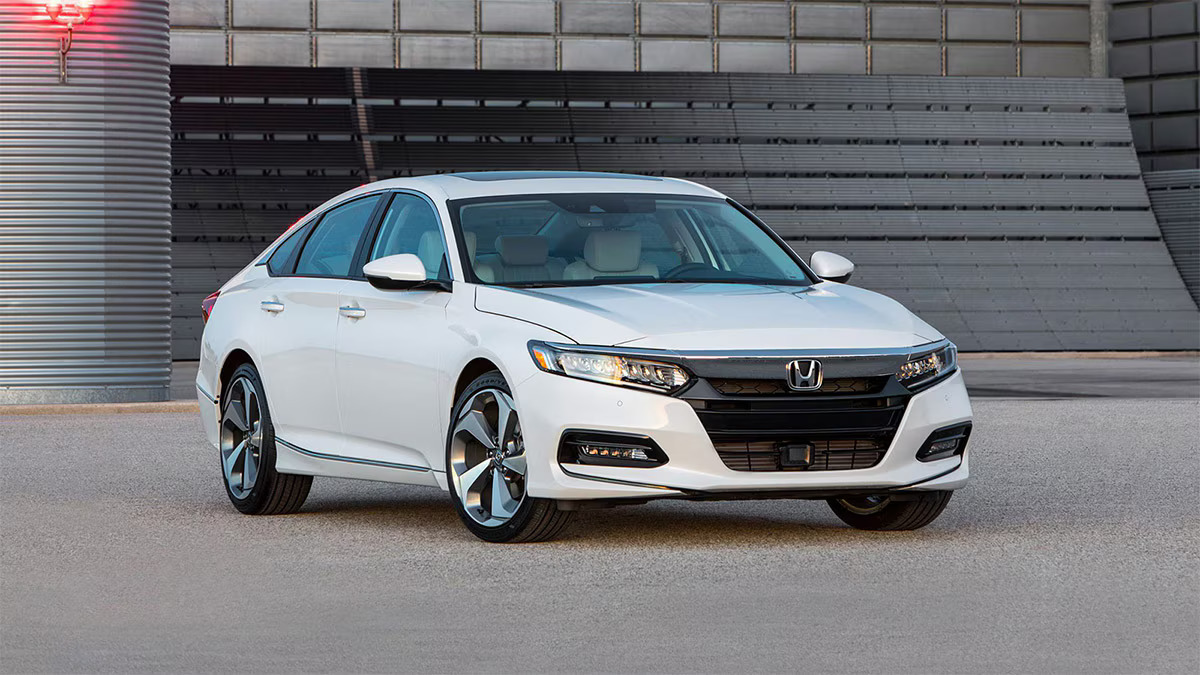
A key factor in Honda engines’ durability is their innovative engineering solutions. The brand pioneered the use of VTEC (Variable Valve Timing and Lift Electronic Control) technology, which not only improves performance but enhances longevity by optimizing combustion efficiency across the RPM range.
Similarly, Honda’s precise manufacturing tolerances and fastidious oil passage design ensure critical components receive proper lubrication under all operating conditions.
Honda’s commitment to weight reduction doesn’t compromise durability the company’s expertise in aluminum casting and precision machining creates lightweight engine blocks that maintain structural integrity throughout hundreds of thousands of miles of operation.
This blend of lightweight construction and robust engineering allows Honda engines to deliver exceptional fuel efficiency without sacrificing longevity.
For owners seeking maximum life from their Honda powerplants, the maintenance approach is simple but non-negotiable: follow the manufacturer’s service intervals religiously, use genuine Honda parts and fluids, avoid premature cold-weather operation, and refrain from excessive revving before the engine reaches operating temperature.
3. Mercedes-Benz
Mercedes-Benz’s storied history of engineering excellence manifests most clearly in the brand’s diesel engines, which have established unparalleled records for longevity.
The German manufacturer’s approach to engine design emphasizes over-engineering critical components, employing premium materials, and maintaining conservative performance parameters all contributing to powerplants capable of routinely exceeding 500,000 miles.
The OM617 five-cylinder diesel engine, produced from 1974 to 1991, remains a high-water mark for durability in automotive history. Found in the W123 and W126 chassis vehicles, these engines have documented cases of exceeding one million miles with only routine maintenance.
The successor OM602 and OM603 engines maintained this tradition, with examples in E-Class and S-Class models frequently surpassing the half-million mile threshold.
Mercedes’ gasoline engines also demonstrate impressive longevity, particularly the M103 and M104 straight-six engines from the 1980s and 1990s.

These meticulously engineered powerplants feature robust bottom ends, sophisticated dual-overhead-cam designs, and timing chains rather than belts all contributing to exceptional durability. The M104 in particular, with its 24-valve head design, combines smooth performance with remarkable longevity.
The brand’s commitment to precision manufacturing is evident in every aspect of its engine construction. Mercedes utilizes specialized casting techniques for engine blocks, yielding components with exceptional dimensional stability and minimal internal stress.
Similarly, their crankshafts are typically forged rather than cast, providing superior strength and resistance to fatigue over hundreds of thousands of miles.
Mercedes’ approach to cooling system design also contributes significantly to engine longevity. Their engines typically feature generous cooling capacity, sophisticated thermostat designs, and high-quality water pumps that ensure consistent operating temperatures under all conditions. This attention to thermal management prevents the accelerated wear that fluctuating temperatures can cause.
While Mercedes engines are engineered for exceptional durability, they demand disciplined maintenance to reach their full potential.
Owners seeking to maximize engine life should adhere strictly to the manufacturer’s service intervals, use only Mercedes-approved fluids and filters, address oil leaks promptly (as they’re often early indicators of seal degradation), and allow sufficient warm-up time in cold weather to ensure proper lubrication before placing demands on the engine.
4. Volvo
Volvo’s Swedish engineering philosophy prioritizing functionality, durability, and safety over flash and fashion has produced generations of engines renowned for exceptional longevity.
The brand’s approach to powerplant design emphasizes robust construction, conservative performance tuning, and meticulous attention to reliability-enhancing details, resulting in engines that routinely surpass the 500,000-mile milestone.
The legendary Volvo redblock engines, particularly the B230F variant found in 240, 740, and 940 models from the 1980s and early 1990s, established the brand’s reputation for indestructibility.
These 2.3-liter four-cylinders feature overbuilt bottom ends, efficient cross-flow cylinder heads, and simple yet effective fuel injection systems that continue functioning flawlessly decade after decade.
The design’s inherent simplicity minimizes potential failure points, while the cast iron construction provides superior durability compared to aluminum alternatives. Volvo’s five-cylinder engines, introduced in the 1990s and refined through the 2000s, continued this tradition of exceptional durability.
The naturally aspirated and turbocharged variants found in models like the 850, S70, and V70 combine innovative five-cylinder smoothness with the brand’s characteristic longevity. Even under the stress of turbocharging, these engines frequently exceed 300,000 miles with minimal issues.
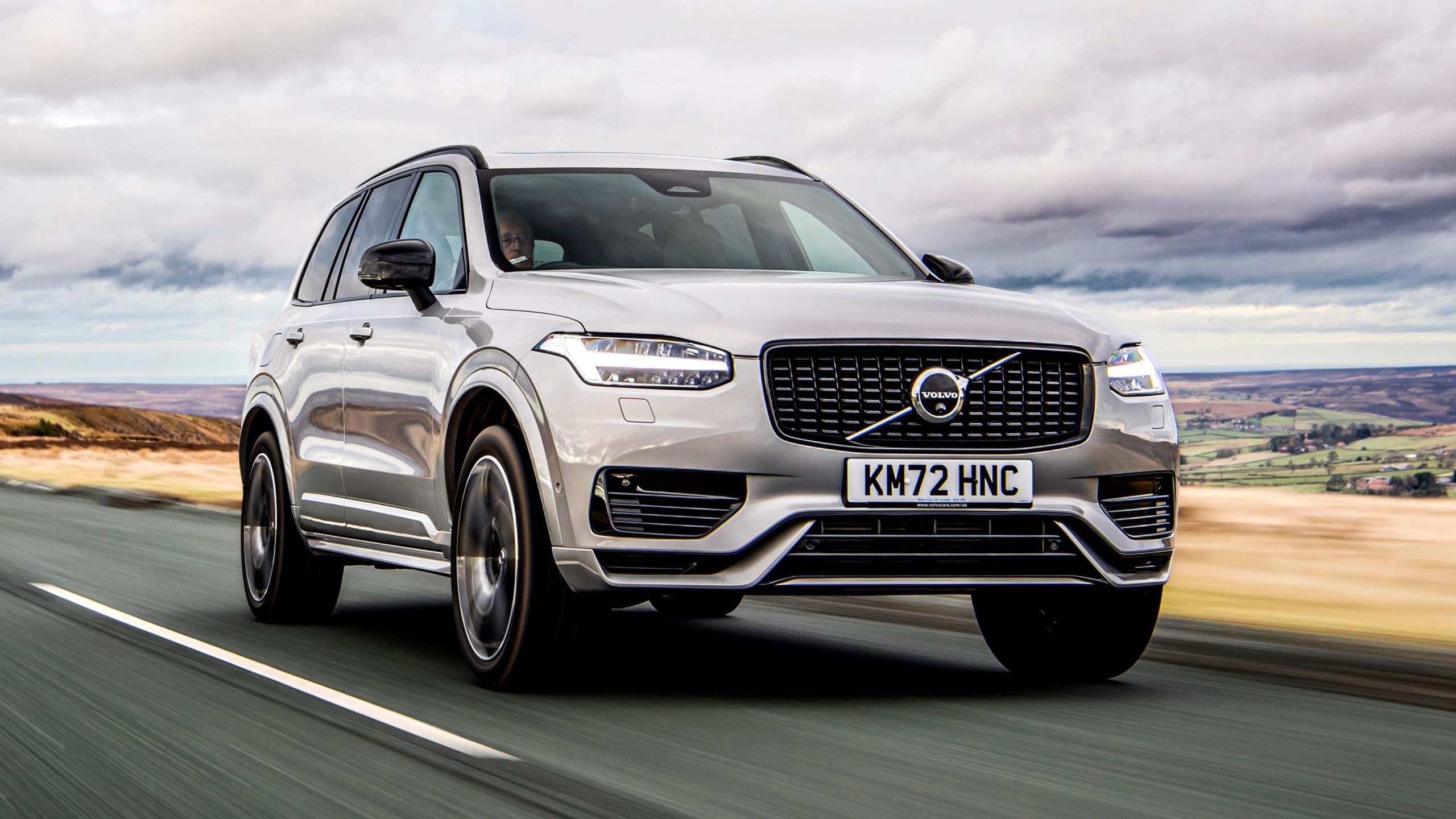
More modern Volvo powerplants, including the T5 and T6 turbocharged engines, maintain the brand’s commitment to durability despite increased complexity.
These engines incorporate advanced materials and sophisticated engine management systems while retaining the fundamental robustness that defines Volvo engineering. The T5 engine, in particular, has proven remarkably durable across applications in the S60, V60, and XC60 models.
Volvo’s attention to ancillary systems significantly contributes to engine longevity. The brand’s cooling systems typically feature generous capacity, high-quality components, and thoughtful engineering that ensures consistent operating temperatures under all conditions.
Similarly, Volvo’s oil systems incorporate effective filtration and often include oil coolers to maintain lubricant integrity during extended operation.
For owners seeking to maximize the lifespan of their Volvo engines, the maintenance approach combines thoroughness with preventive care.
Regular oil changes using high-quality synthetic lubricants, timely replacement of timing belts (where applicable), attention to cooling system integrity, and addressing minor issues before they cascade into major problems all contribute to achieving the legendary half-million mile mark that Volvo engines are capable of reaching.
Also Read: 10 Most Reliable Cars With Manual Transmissions in 2025
5. Lexus
As Toyota’s luxury division, Lexus inherited its parent company’s obsession with reliability and durability, and then raised these qualities through even more stringent engineering standards and manufacturing precision.
The result is a lineup of engines that not only reach but frequently exceed the 500,000-mile threshold while maintaining the refinement expected of a premium brand.
The 1UZ-FE 4.0-liter V8, found in early LS400 and SC400 models, represents perhaps the pinnacle of Lexus engine durability. This meticulously engineered powerplant features an aluminum block with cast iron cylinder sleeves, six-bolt main caps, timing belts designed for 100,000-mile service intervals, and exceptionally tight manufacturing tolerances.
These engines routinely accumulate 400,000+ miles without major service, with documented cases exceeding 1,000,000 miles. The successor 2UZ-FE V8, found in the LX470 and early GX470, maintains this reputation while adding improved torque characteristics.
Lexus’ six-cylinder offerings demonstrate similar longevity credentials. The 2JZ-GE, a naturally aspirated inline-six found in the GS300, IS300, and SC300, shares its basic architecture with the legendary turbocharged 2JZ-GTE from the Toyota Supra. Both versions feature a robust cast iron block, seven main bearings, and overbuilt internals that contribute to extraordinary durability.
The more modern 3.5-liter 2GR-FSE V6, utilized across much of the current Lexus lineup, continues this tradition with its aluminum construction, dual variable valve timing, and direct injection system designed for exceptional longevity.

The brand’s hybrid powertrains, pioneered in the RX400h and GS450h before spreading throughout the lineup, have defied skeptics to demonstrate remarkable durability.
The specialized Atkinson-cycle engines and associated electrical components have proven capable of exceeding 300,000 miles with minimal degradation, with many examples now approaching the vaunted 500,000-mile mark.
Lexus’ manufacturing excellence plays a crucial role in its engines’ longevity. The brand’s assembly facilities implement extraordinarily stringent quality control measures, including component inspections that exceed industry standards and assembly processes that prioritize precision over production speed. Each engine undergoes extensive testing before installation, ensuring that only flawless examples reach customers.
For owners seeking to maximize their Lexus engine’s lifespan, the maintenance strategy combines disciplined adherence to service intervals with exclusive use of premium fluids and genuine parts.
The brand’s engines respond particularly well to synthetic oil of the recommended viscosity, regular cooling system maintenance, and prompt attention to any performance anomalies that might indicate emerging issues.
6. Cummins
Though not an automotive brand itself, Cummins diesel engines have become synonymous with exceptional durability in the pickup truck segment, particularly through their long-standing partnership with Ram (formerly Dodge).
These formidable powerplants represent the commercial-grade approach to engine building, with designs that prioritize structural integrity, thermal stability, and long-term reliability over weight savings or cutting-edge features.
The legendary 5.9-liter inline-six Cummins 12-valve (produced from 1989-1998) established the brand’s reputation for near-indestructibility in consumer applications.
These engines feature a cast iron block and head, forged steel crankshaft, mechanical direct injection system, and straightforward design that minimizes potential failure points. The simplicity of the 12-valve variant, with its mechanical injection pump and minimal electronics, has allowed many examples to exceed 1,000,000 miles with only basic maintenance.
The 24-valve evolution of the 5.9-liter Cummins (1998-2007) maintained this exceptional durability while adding electronic controls and improved efficiency. Despite the increased complexity, these engines routinely surpass 500,000 miles when properly maintained.
The subsequent 6.7-liter variant, introduced in 2007 and still in production with continuous refinements, carries this tradition forward despite the challenges of meeting modern emissions requirements.
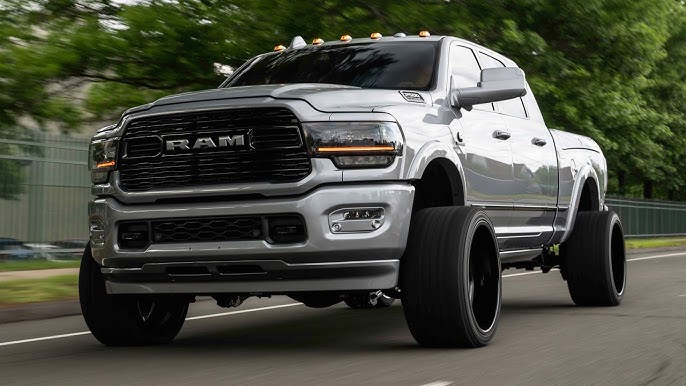
Cummins’ approach to engineering emphasizes robust design margins that exceed the requirements of typical consumer use. The brand’s commercial truck heritage means their engines are built to withstand continuous operation under heavy load conditions far more demanding than most pickup trucks ever experience. This overbuilt nature translates directly to exceptional longevity in automotive applications.
Key to Cummins’ durability is its cylinder block design, which features thicker walls and more substantial main bearing supports than typical automotive diesel engines.
Similarly, their crankshafts are typically forged from high-grade steel rather than cast, providing superior fatigue resistance over hundreds of thousands of miles. The gear-driven camshaft eliminates the potential failure point of a timing chain or belt, while also ensuring precise valve timing throughout the engine’s life.
Owners seeking maximum life from their Cummins engines should follow several key practices: adhere rigorously to oil change intervals using CJ-4 or CK-4 rated diesel oils, maintain clean fuel through quality filtration, monitor and replace the water separator element regularly, address any coolant leaks immediately, and allow sufficient warm-up time in cold weather before applying heavy loads. With this disciplined approach, reaching the half-million mile mark becomes less a question of if, but when.
7. Subaru
Subaru’s distinctive horizontally-opposed “boxer” engines have earned a reputation for exceptional durability when properly maintained, with many examples surpassing the 500,000-mile threshold.
The Japanese manufacturer’s unique approach to engine design focusing on balance, vibration minimization, and efficient cooling yields powerplants that can deliver decades of reliable service across varied operating conditions.
The EJ series engines, particularly the naturally aspirated EJ22 and EJ25 variants found in Legacy, Outback, and Forester models from the 1990s through early 2010s, exemplify Subaru’s durability credentials.
These 2.2 and 2.5-liter four-cylinders feature aluminum blocks with open deck designs, efficient cooling passages, and the brand’s characteristic horizontally-opposed layout that reduces vibration and promotes mechanical balance.
While the turbocharged variants require more attentive maintenance, the naturally aspirated versions routinely exceed 300,000 miles with many documented cases surpassing 500,000.
The newer FB engine series, introduced in 2010, represents Subaru’s evolution of the boxer concept with improved thermal efficiency, reduced friction, and enhanced durability characteristics.
These engines incorporate asymmetrical connecting rods, lighter pistons, and more efficient cooling systems that contribute to longevity while improving performance and fuel economy. Early evidence suggests these powerplants maintain the brand’s reputation for exceptional service life.
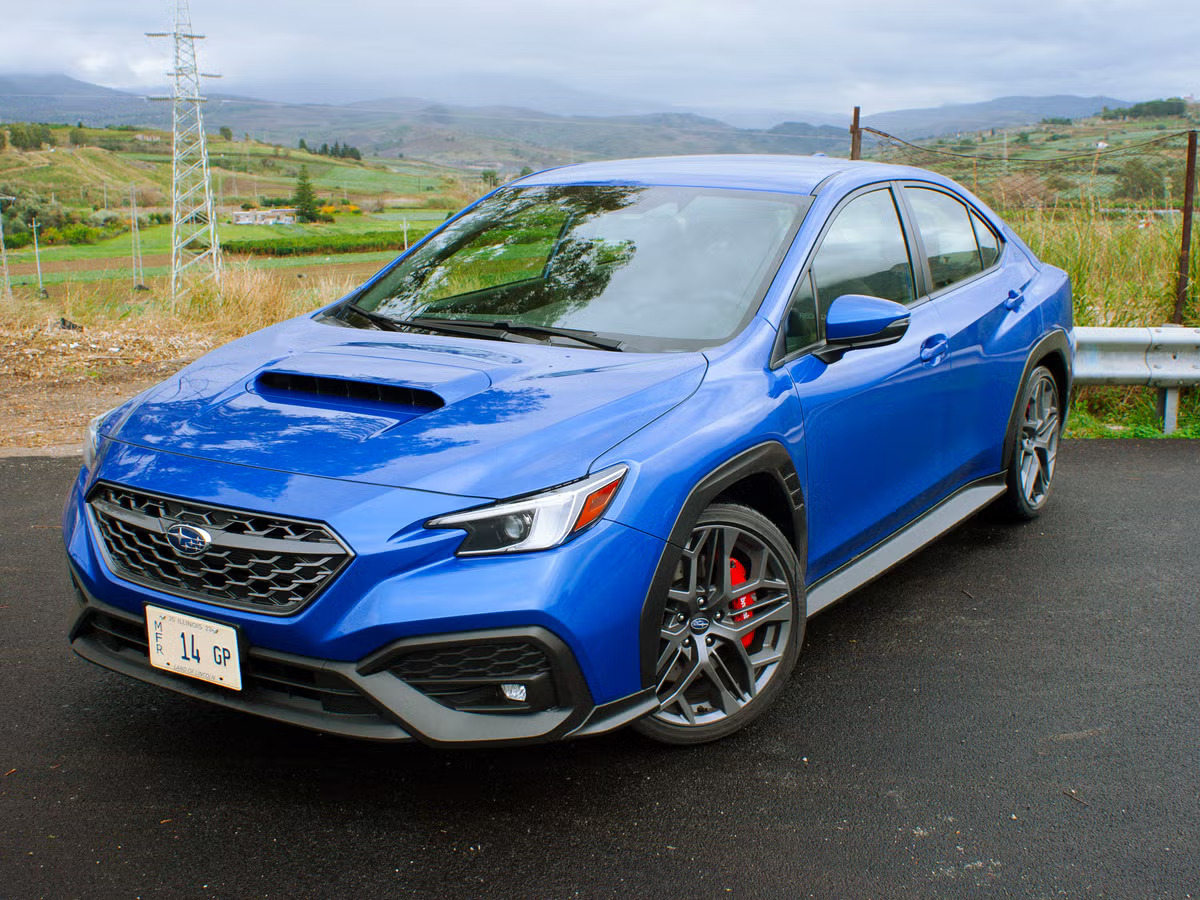
Subaru’s boxer configuration offers inherent advantages for durability. The horizontal cylinder arrangement provides natural balance that reduces vibration-induced wear, while also allowing for shorter, more rigid crankshafts that resist flexing under load.
The lower center of gravity improves vehicle handling and reduces stress on engine mounts, further enhancing longevity. The brand’s commitment to all-wheel drive technology has influenced its engine design philosophy.
Knowing their powerplants must withstand the additional stress of driving all four wheels, Subaru engineers incorporate more substantial components and greater safety margins than might be found in comparable front-wheel-drive applications. This overbuilt nature contributes significantly to the engines’ ability to accumulate high mileage.
For owners seeking to maximize Subaru engine life, several maintenance practices prove critical: addressing the brand’s historic head gasket vulnerabilities proactively (particularly in pre-2010 models), maintaining strict oil change intervals using the recommended viscosity, inspecting and replacing timing belts at prescribed intervals, monitoring coolant condition to prevent corrosion, and addressing minor oil leaks before they become significant.
When these measures are followed diligently, Subaru’s boxer engines can deliver extraordinary service life while maintaining their characteristic smooth operation.
8. Duramax (GM)
General Motors’ Duramax diesel engines, developed in partnership with Isuzu and introduced in 2001, have established themselves as million-mile-capable powerplants across two decades of production.
These V8 turbodiesel engines power GM’s heavy-duty truck lineup, combining sophisticated design with robust construction to deliver exceptional longevity under demanding conditions.
The original LB7 6.6-liter Duramax (2001-2004) established the architecture that would define the engine family: a 90-degree V8 configuration with aluminum heads, cast iron block, high-pressure common-rail injection, and relatively light weight for its class.
While early models experienced some injector issues, properly maintained examples routinely exceed 400,000 miles with many documented cases surpassing 500,000.
The subsequent LLY, LBZ, and LMM generations progressively refined the design, addressing initial weaknesses while maintaining the fundamental durability characteristics.
The LML variant (2011-2016) incorporated significant updates to meet stricter emissions standards, including advanced exhaust aftertreatment systems, while the current L5P generation (2017-present) represents the pinnacle of Duramax development with improved cooling, enhanced structural rigidity, and more sophisticated engine management.
Early evidence suggests these newer iterations maintain the exceptional longevity of their predecessors despite the increased complexity.
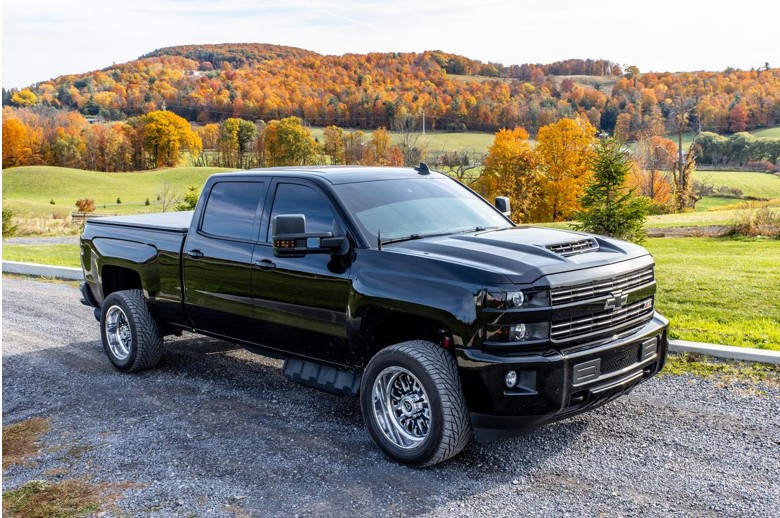
Key to the Duramax’s durability is its block design, which features deep-skirted construction with six-bolt main bearings and cross-bolted capabilities that minimize crankshaft flex under heavy loads.
The connecting rods are forged steel with cracked-cap technology for perfect alignment, while the pistons incorporate advanced cooling galleries to maintain proper operating temperatures under all conditions.
The Duramax’s cooling system represents another durability enhancement, with a gear-driven water pump (eliminating belt-related failure points), five-layer steel head gaskets, and efficient coolant flow patterns that prevent hotspots.
Similarly, the lubrication system features a high-capacity oil pump and sophisticated filtration to maintain oil integrity throughout extended service intervals.
For owners seeking to maximize Duramax longevity, several maintenance practices prove crucial: using only high-quality CJ-4 or CK-4 diesel engine oils, replacing fuel filters at recommended intervals, maintaining clean coolant with proper additive concentrations, addressing any fuel or oil leaks promptly, and allowing sufficient warm-up time in cold weather before applying heavy loads.
With diligent maintenance, these engines routinely achieve the half-million mile mark while maintaining their impressive torque output and performance.
9. Ford (Power Stroke)
Ford’s Power Stroke diesel engines, particularly the 7.3-liter variant produced from 1994 to 2003, have established legendary status for longevity in heavy-duty truck applications.
Developed in partnership with Navistar International, these engines combine commercial-grade durability with adaptability to consumer truck requirements, resulting in powerplants that routinely exceed 500,000 miles of service.
The 7.3-liter Power Stroke represents the high-water mark for Ford diesel durability. This direct-injection turbocharged V8 features a cast iron block and heads, forged steel connecting rods, hydraulic electronic unit injectors (HEUI), and conservative factory power ratings that leave substantial mechanical margins.
The engine’s relatively simple design, with hydraulic rather than common-rail injection, eliminates many potential failure points found in more modern diesels. Properly maintained examples frequently exceed 500,000 miles without major internal work, with numerous documented cases surpassing 750,000 miles.
While later Power Stroke generations (6.0L, 6.4L) experienced reliability challenges, the current 6.7-liter variant developed in-house by Ford has reestablished the nameplate’s durability credentials.
Introduced in 2011 and continuously refined, this engine features a compacted graphite iron block, reverse-flow configuration for improved cooling, and advanced piezoelectric injectors. Early examples are now accumulating impressive mileage figures, with many surpassing 300,000 miles and showing potential to reach the 500,000-mile threshold.
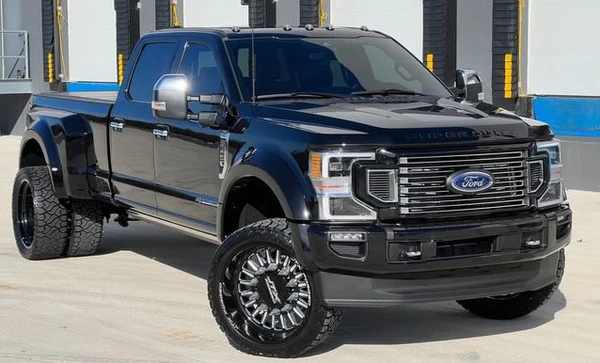
On the gasoline side, Ford’s modular V8 engines particularly the 4.6-liter and 5.4-liter variants found in F-150 trucks, Crown Victoria police interceptors, and various SUVs have demonstrated exceptional longevity.
These overhead cam designs feature deep-skirted blocks, six-bolt main bearings, and forged steel crankshafts that contribute to durability. Numerous examples have exceeded 500,000 miles in fleet and private use, especially when maintained according to Ford’s severe duty schedule.
The brand’s engineering approach emphasizes structural integrity and thermal stability. Ford’s truck engines typically feature thicker cylinder walls, more substantial main bearing supports, and more efficient cooling systems than their passenger car counterparts. This robust construction provides the foundation for exceptional service life under demanding conditions.
For owners seeking maximum longevity from their Ford powerplants, several maintenance practices prove essential: adhering strictly to recommended oil change intervals using the specified viscosity grade, maintaining cooling system integrity with proper coolant composition, replacing fuel filters proactively, addressing oil and fluid leaks promptly, and following the severe duty maintenance schedule when operating in demanding conditions.
With this disciplined approach, Ford engines particularly the diesel variants can deliver extraordinary service life while maintaining reliable performance.
10. BMW
BMW’s reputation for producing engines that can achieve extraordinarily high mileage stands somewhat at odds with the brand’s performance-oriented image, yet numerous examples have demonstrated the ability to surpass 500,000 miles when properly maintained.
The German manufacturer’s engineering philosophy, which emphasizes mechanical precision, advanced metallurgy, and sophisticated design solutions, creates power plants that can deliver exceptional longevity despite their high-performance capabilities.
The M50 and M52 inline-six engines, produced from the late 1980s through the early 2000s, represent perhaps the pinnacle of BMW’s durability engineering.
These naturally aspirated 2.5 and 2.8-liter powerplants feature iron blocks (in early examples) or aluminum blocks with cast iron sleeves, dual overhead camshafts, and advanced variable valve timing systems.
When maintained meticulously, these engines routinely exceed 300,000 miles with numerous documented cases surpassing the 500,000-mile mark, particularly in 5-Series sedans and 3-Series models.
Similarly, BMW’s M57 diesel engines have established remarkable longevity credentials across European markets. These turbocharged inline-six diesels, available in various displacements from 2.5 to 3.0 liters, feature robust construction and conservative tuning that enables them to accumulate extraordinary mileage while maintaining efficiency and performance.
The M57D30 variant, found in the 530d and 730d models from the early 2000s, has proven particularly durable, with many examples exceeding 500,000 miles with only routine maintenance.
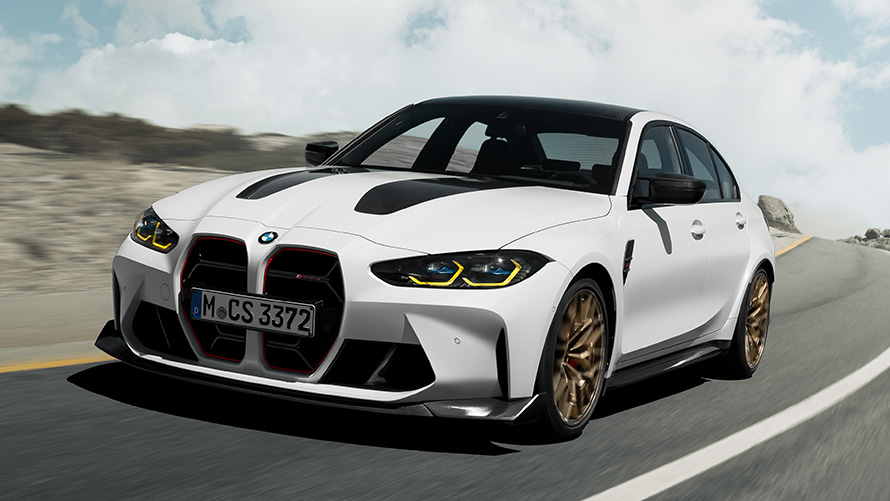
BMW’s V8 offerings have demonstrated comparable longevity in certain applications. The M62 engine, particularly in the 4.4-liter variant found in the 540i, X5, and 740i, can achieve exceptional mileage when its timing chain guides and valley pan gasket are proactively addressed.
Properly maintained examples frequently surpass 300,000 miles with many documented cases exceeding 500,000. The brand’s commitment to precision manufacturing contributes significantly to engine longevity.
BMW utilizes sophisticated casting techniques for engine blocks, yielding components with exceptional dimensional stability and minimal porosity. Similarly, their machining processes achieve tolerances that promote optimal oil film thickness, reducing friction and wear over hundreds of thousands of miles.
For owners seeking to maximize BMW engine life, several maintenance practices prove critical: adhering strictly to oil change intervals using only BMW-approved synthetic oils, replacing cooling system components preemptively (particularly water pumps and thermostats), addressing oil leaks promptly to prevent related component damage, and using only genuine or equivalent quality replacement parts.
The brand’s engines are particularly sensitive to maintenance neglect, with the potential for rapid deterioration if service is deferred, yet reward disciplined care with extraordinary service life.
Also Read: 12 Vehicles With the Best DIY Repairability

